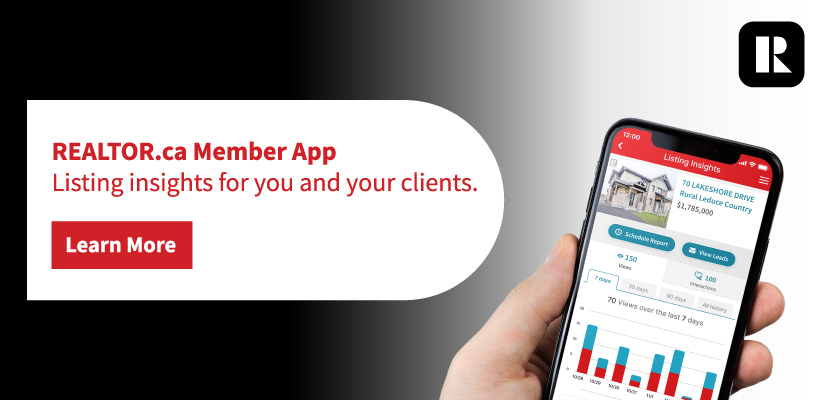They say first impressions are lasting impressions — and this is especially true when it comes to your marketing and brand voice. The first touchpoints with your ideal clients will set the tone for your future relationship. So, how do you ensure you’re making a positive and lasting impression on your audience right from the start?
The answer lies in your website bio
Your bio, most commonly found on your website’s About page, is one of the most valuable online brand-building tools at your disposal. And yet, more often than not, it ends up being an afterthought.
Unlike traditional professional bios that read like a resume, your website bio serves as an opportunity to connect with your audience. It’s a chance for you to help them feel seen and understood in their own experience by sharing a glimpse of yours.
This little piece of real estate is where you get to paint a vivid picture of who you are, what sets you apart from your competitors and what you have to offer. It’s also an opportunity to be creative and let your brand voice shine, building trust and authority and forming the foundation for long-term relationships with your future clients.
Remember that your bio section is short — it needs to be compelling and filled with information that will help your ideal clients establish a connection with you.
Here’s how to write a website bio that will show (not tell) your dream clients you’re the one.
Step 1: The hook
Looking to captivate your audience right off the bat? You need an attention-grabbing hook that piques the reader’s interest, compelling them to read on. Your bio hook should summarize who you are and what you do using a story or anecdote that teases your story.
For example, if you’re an agent who specializes in helping first-time buyers, you might use a personal anecdote about your own experience: “When I purchased my first home, it was clear my agent was more focused on the sale than on preparing me for my homeownership journey. I felt called to get into real estate myself so I could do better.”
Need a little help coming up with your hook? Use this journal prompt to brainstorm a personal story or anecdote:
Think of a time in your life or career that helped to shape you. How did it impact who you are today?
Step 2: Your story
Using your hook as a launching point, take the next three to five sentences to share more details and context about the evolution of your career. This is where you’ll show, not tell, your audience how you’re able to help them by highlighting the key experiences, perspectives or “ah-ha” moments that led you to where you are now — instead of listing a bunch of credentials and qualifications that mean little to the average buyer or seller.
Aim to answer questions like:
- Why are you selling what you’re selling? What gets you excited about the work you do?
- What are the values you live by and how are they reflected in the work you do?
- How does your personal or professional experience play into your business or offering specifically?
Don’t be afraid to get personal! A lead is much more likely to be invested in you and your brand if you can elicit an emotional response from them.
Bonus tip: Write like you speak
Your bio should be written in the first-person perspective using “I/we” language. Because of this, it’s important that your bio sounds natural, as you would speak, and avoids jargon that you wouldn’t use in real life. Remember, the goal is to build trust and stand out by showcasing who you are.
Step 3: The torch pass
You may play a starring role in your bio copy. But, contrary to popular belief, you are not the main character — your ideal client is. Your bio tells the story of how you can help transform the lives of your target audience.
The last few sentences of your bio should act as a torch pass, priming the audience to buy from or work with you by showcasing how you can help them. This also acts as a call to action (CTA).
For example, if you pride yourself on creating long-term relationships with clients to encourage repeat transactions, your torch pass may say: “Our relationship won’t stop when you get the keys. I’ll continue to work closely with you to help you leverage your investment for your next move or set you on the path to invest in a second property. Book your free consultation call to see how I can help.”
We hope this inspires you to take a look at your current website bio and reflect on the kind of impression you’re leaving on your audience.
If your bio isn’t telling a story that inspires trust and authority and speaks to the heart of your dream clients, it’s time to try some of these tips!















